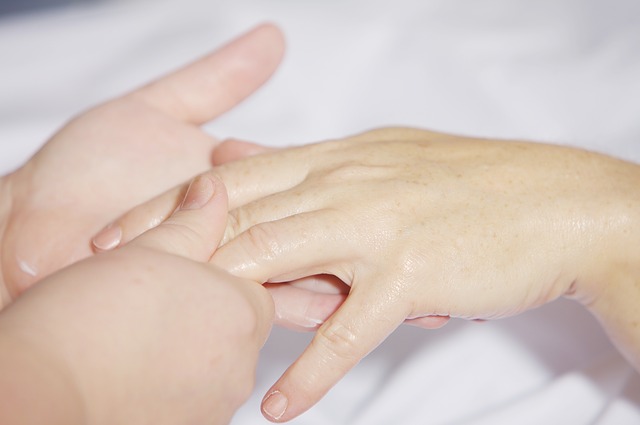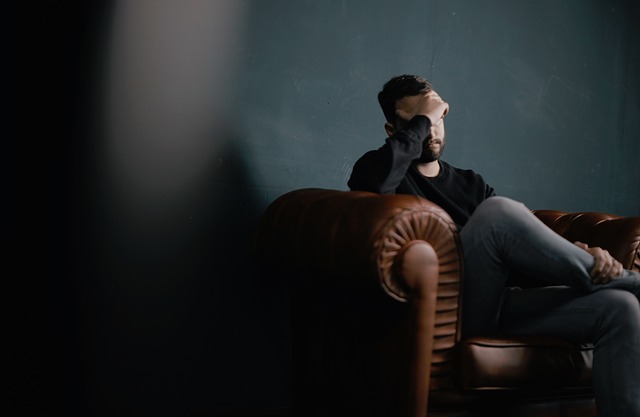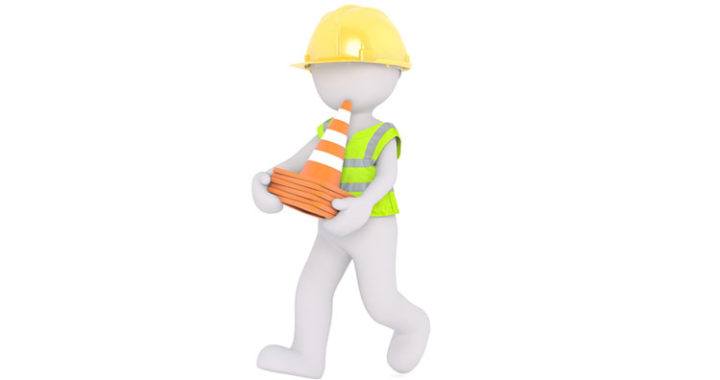It may be surprising to know that the most common workplace injuries in the UK are slips, trips and falls. Specifically, according to the UK Health and Safety Executive, the most common non-fatal workplace injuries are caused by slips, trips and falls at the same height. These account for 31% of all injuries reported by employees in 2018.
Most Common Workplace Injuries
This post highlights some of the most common workplace injuries and conditions. It gives a brief overview of the causes and what the best practice is to treat them. As a leading health and safety provider in Somerset, we teach people every day how to deal with injuries like these correctly in the workplace.
How To Treat a Nose Bleed
A nose bleed can be caused by a number of different factors. The good news is that a nose bleed is not usually a sign of something more serious and is therefore relatively easy to manage. If you experience nosebleeds regularly you should see your GP. If they last for longer than 10-15 minutes you should go to A & E.
Usual causes of nosebleeds are people picking their nose or blowing their nose to hard. High blood pressure can also be a contributing factor. In some cases, a nosebleed can be caused by a change in air temperature which causes the inside of your nose to dry out.
There are some very basic steps that you can take to treat a nosebleed yourself, or to help manage someone who has a nosebleed.
Firstly, you should stand upright where possible or if feeling feint then you should sit down. While breathing though the mouth and leaning forward, pinch the nose above the nostrils for 10 to 15 minutes. If required you can also use an ice pack on the top of the nose.

How To Treat Sprained Wrists and Ankles
Sprains and strains are usually caused by slips and trips and are therefore one of the most common workplace injuries. Most of the time they are not as serious as fractures or bone breaks and usually only affect the muscles and ligaments.
Common symptoms of a sprain or strain include:
- Swelling or bruising around the injured area
- Muscle spasms or cramping
- Pain or discomfort when putting weight on the injury
- Pain, weakness or tenderness around the joints
Treating a sprain or strain is quite simple. It can be done yourself or by someone who has completed a first aid training course. The most important thing to do initially is to rest. You should stop any work or activity immediately so you don’t make the injury any worse or put yourself or the patient in greater pain.
Once you have stopped you can apply an ice pack for up to 20 minutes at a time. This can be done every 2-3 hours as required. You should not apply heat as this can cause further swelling. Instead, compression is an effective way to manage pain and support the injury. For ongoing recovery, you should keep the injury elevated as much as possible.
How To Treat Cuts and Grazes
Cuts and grazes are another minor injury that can be treated in the workplace. They do not normally require visiting a hospital or a GP. This type of injury can be caused by anything from falling or tripping to handing sharp objects and tools. This type of injury is most common in schools and places of manual labour.
If you or a colleague have a cut or graze then you must first stop the bleeding. To do this, find an appropriate absorbent material that is clean and free from dirt. A bandage or towel is usually suitable. From there you can apply pressure to the wound for several minutes while either raising the limb above your head or lying down and raising it above your heart.
Once the flow of blood has stopped you must properly clean the wound. Whoever is cleaning the wound must ensure that their hands have been washed and dried thoroughly. To clean the wound, put it under running tap water that is of drinking quality. After it has been washed apply a sterile dressing and change it as often as necessary.
How To Treat Minor Burns
There can be a number of incidents that lead to burns and scalds. It may be no surprise that kitchens are one of the most common places to come across this kind of injury. More serious burns that are caused by chemicals and electric should be treated at A&E. This is also the case for large burns, burns that have caused white or charred skin and burns on sensitive areas such as the face and genitals.
After the patient has been moved away from the heat source first aid can begin. The first action to take is to run the burn under cold water for 20 minutes. It’s very important not to use ice and ice water as this can make the situation worse. Any clothing, bracelets, watches or jewellery should be removed from the area that is burnt.
Covering the burn with cling film or a clean plastic bag will help to keep it clean and will stop it from being irritated. Any swelling should be treated much like a cut or graze. This means elevating the injury where possible. Keeping the patient warm is also an important element to remember.

How To Treat Migraines
It is common for people to suffer from headaches and usually these will go away on their own after a few hours. A migraine on the other hand can cause great discomfort. Symptoms of a migraine include either being sick or feeling sick and experiencing greater sensitivity to sound or light. Migraines can be triggered by a number of things including stress, tiredness and types of food or drinks.
It can be difficult to know how to treat a migraine, especially in the workplace. Lying down in a quiet and dark room is one of the most common ways people try to relieve the symptoms. You could also take paracetamol or ibuprofen which may also help. In some cases, the sufferer may have their own medication such as triptans and anti-emetics.
There are extreme circumstances in which you should call an ambulance immediately. If any of the following symptoms are being displayed an ambulance should be called.
- A headache and a high temperature or fever
- A headache with a stiff neck
- Slurred speech
- Weakness in the arms or 1 side of the face
How To Treat Insect Bites & Stings
Luckily in the UK most insect bites and stings will not cause serious injury. In the summer months especially it’s not uncommon to experience stings from wasps and bees and bites from mosquitos, horseflies and ticks. Unless the person stung is allergic to the sting or bite, they are relatively easy to manage and treat.
If you or someone you know has been bitten or stung then the area will probably be red and will have a swollen lump. If the sting is still in the skin it should be removed as soon as possible. To avoid infection the area should then be washed with soap and water. A cold compress can then be applied for 10 minutes to reduce swelling.
It is usually not necessary to seek further medical advice following a bite or sting. However, if any of the following symptoms are being exhibited you should contact your GP or call 111.
- The area appears to have become infected or you are showing signs of a more widespread infection such as swollen glands and flu-like symptoms
- An area around the bite or sting has become red or swollen and has increased by 10cm or more
- The string or bite has not cleared up after a few days
Signs that someone could be having an allergic reaction are detailed below.

How To Treat an Allergic Reaction
Allergies can take many different forms. They can range from minor reactions such as allergies to pets and pollen to severe reactions to ingredients and materials.
It’s estimated that 44% of people in the UK suffer with an allergy.
They are most common in children with some allergies no longer affecting people when they grow up.
Because allergies are so common you will likely have experienced the symptoms of allergies yourself. Sneezing or a runny or blocked nose are a very obvious sign. This is also true or red or itchy eyes and a red, itchy rash.
Treating minor allergic reactions can be done with antihistamines or decongestants. Sometimes steroid medication can help with the swelling and redness caused be reactions. These treatments can be used to manage the symptoms of minor reactions. A more severe anaphylaxis reaction requires urgent treatments and has different symptoms.
Some of the symptoms of anaphylaxis are similar to that of an allergic reaction such as itchy skin or a rash. However, swollen eyes, lips, hands and feet and swelling of the throat or tongue are signs of something much more serious. Other symptoms include wheezing, difficulty breathing and nausea and vomiting.
If someone is experiencing anaphylaxis then medical attention should be sought immediately. If the person has an adrenaline auto-injector this should be used but only if you know how to use it correctly. Calling an ambulance should be done immediately even if the patient starts to feel better.
If the cause of the reaction is present this should be removed. Lie the person down flat and after 5 to 15 minutes give them another injection if the symptoms don’t improve.
Learning More About the Most Common Workplace Injuries with Basic First Aid Training
These are some very common injuries and conditions that you may come across either at home or in the workplace. Although most are easy to treat without formal training, it can be a good idea to learn more about first aid.
Taking a first aid course will help you to expand your knowledge and become confident in administering first aid where it’s needed. Please get in touch if you or your workplace would like more information about first aid at work training, or more specific safety training for your industry.
